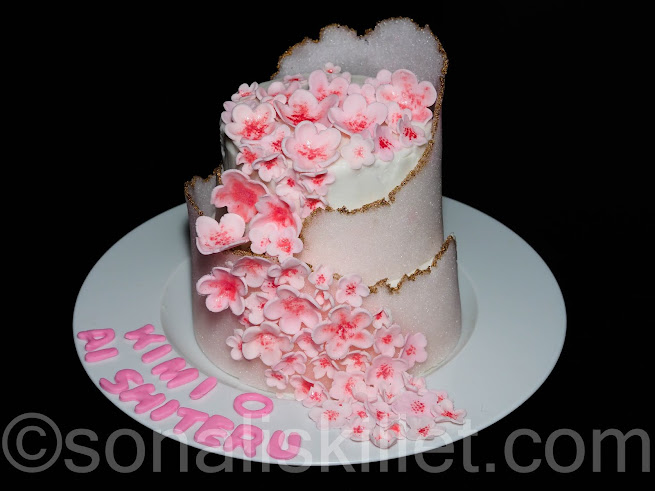Campfire Cake
It is no doubt that one of the most treasured camping
pastimes is sitting around a warm, crackling campfire on a cold night making
s'mores while sharing stories with family and friends. However, this timeless
activity causes risk not only to people and wildlife but is also
detrimental to the environment. This is not to mean we should stop burning
campfires entirely; Rather, we should be mindful of their environmental impact
and follow safety guidelines to avoid an unintentional wildfire.
Burning wood releases immense amounts of carbon dioxide
along with many other toxic volatile organic compounds (VOCs). Carbon dioxide
is a greenhouse gas that heavily contributes to global warming. Additionally,
toxic particles released from the burning of campfires may pollute water
sources from fire ash, harming marine life living in these waters and wildlife
that drinks from these water sources. Above all other consequences, the most
dangerous is the risk of starting a wildfire. According to a 2017 report from
the U.S. Department of Agriculture (USDA), close to 85% of wildfires in the US
are caused by human carelessness. Although this includes other categories like
the burning of debris, discarded cigarettes, acts of arson, fireworks, and
equipment malfunctions, unattended or improper campfires contribute a
significant portion of the total number of wildfires.
Wildfires can decimate forests and homes, destroy natural
resources, cause fatalities, and pollute the air. In what's referred to as a
positive feedback loop, climate change accelerates the frequency and intensity
of wildfires, and the carbon released from these fires exacerbates climate
change -- and the cycle continues.
Although we cannot stop wildfires due to the already
worsening effects of climate change, we can be more mindful of our use of
campfires and follow safety guidelines to ensure minimal damage. For example, a
campfire should not be built if there are adverse weather conditions such as
dry land or windy air as these conditions may cause sparks from a fire to
spread. Additionally, campfires should be built away from overhanging branches
and ideally circled with rocks, as they do not allow fire to spread. Lastly, do
not ever leave a fire unattended. Aside from precautions in building a campfire
itself, there are also ways to be environmentally conscious while using it.
Trash should never be burned in the fire as it may release harmful chemicals into
the air. It is also preferable to avoid using chemically treated wood for a
campfire. Instead, opt for natural wood from dead sticks.
Sources:
Forest
Service Research Data Archive (usda.gov)
Wildfire
Causes and Evaluations (U.S. National Park Service) (nps.gov)








Comments